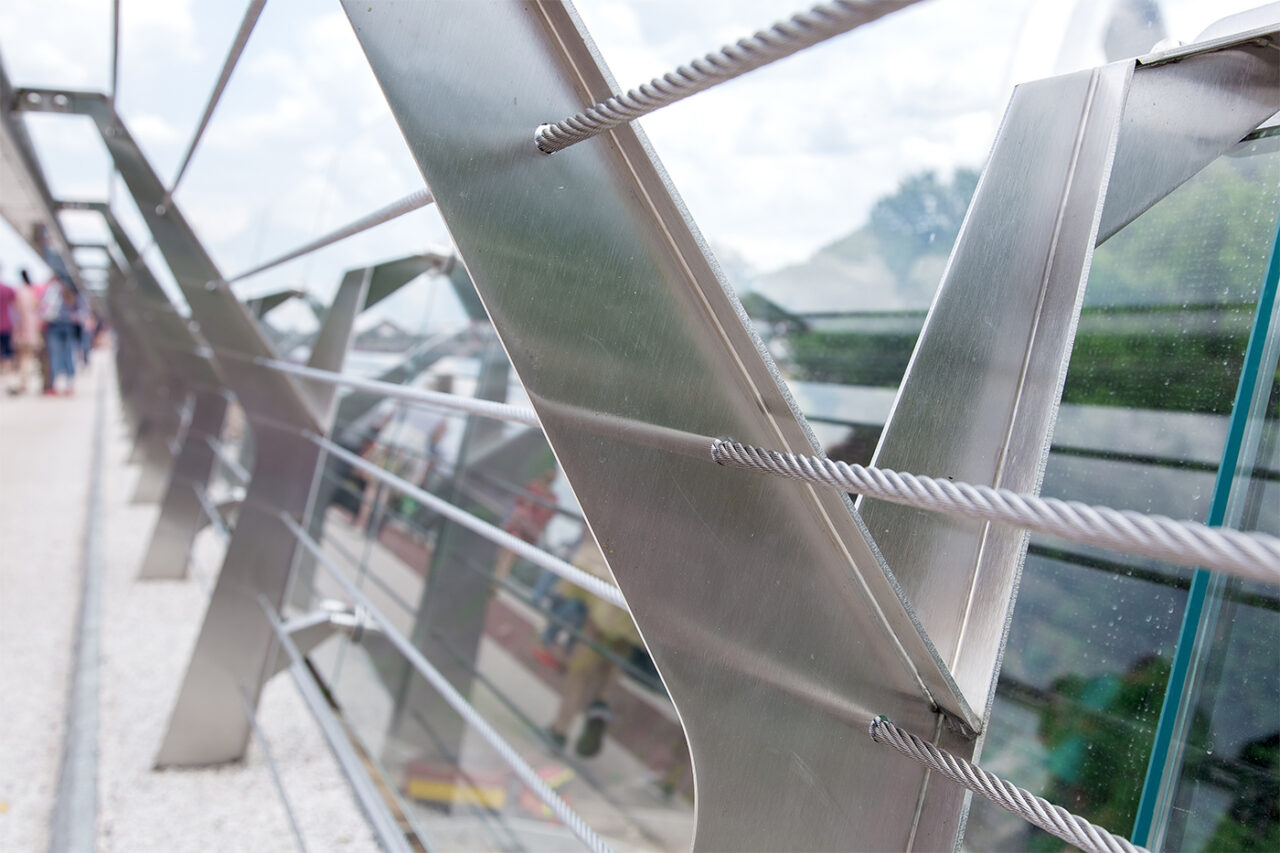The second part of the blog series is now released by Tommi Purtilo our Business Development Manager. The second part focuses on designing with high-strength stainless steels, highlighting key considerations for optimal use. Read it below.
How to design with high strength stainless steels?
Last time I wrote about using higher strength stainless steel to minimize structural weight and costs. But as we know switching to higher strength is not just straight forward cross section scaling procedure.
To fully benefit from high strength and avoid re-design we must design the structures for higher strength from the beginning. If we make initial design with traditional steel grades and later just want to swap members to corresponding high strength option, we end up in situation where all kinds of stability-, deformation and connection issues occur. In below I bring up few points to take into consideration from the beginning.
Deformations
Since the Young’s modulus is similar with all stainless steels, the elastic deformations are in same ball field for each steel grade. Differences will occur in service limit states as member deflections are typically calculated with secant modulus, which is derived from stress level under SLS load combination. What is important to understand is that this may lead to over conservative deformation value. Thuss I would prefer to use FE-analysis with nonlinear material model to have more realistic behaviour and more cost-effective design.
Connections and details
As well known, welded RHS-to-RHS -connections (X, Y, KT etc.) joints are very sensitive to dimensions of the connection. Especially wall thickness and width ratio of connecting tubes are crucial. Keeping that in mind from at first place, by cross section dimensions and connection detailing the joint capacity can be designed not to be critical.
Stability
When using high strength stainless steels, stability becomes a critical factor to address. Higher strength materials can be more prone to buckling and other stability issues due to their increased load-carrying capacity versus slenderness. Additionally, cross-section stability is essential to avoid local buckling of elements such as flanges and webs. This involves maintaining appropriate width-to-thickness ratios and incorporating stiffeners where necessary. Advanced analysis techniques, such as finite element analysis (FEA) and especially GMNIA analysis can be used to evaluate realistic behaviour of structure.
Design for manufacturability wise
What comes to welding, high strength stainless steels, for example lead duplex grades don’t require anything special tricks to be performed. However, it is crucial to follow best practices to maintain the material’s properties. Using appropriate filler materials that match the base metal’s composition is essential to prevent issues like corrosion and cracking.

Ps. great place to start to get into stainless steel design is designmanual-structuralstainless-.pdf (stalatube.com)

The writer
Tommi Purtilo
Business Development ManagerEnergy Industry, Hollow sections & profilesStalatube Oy (Finland)
Technical support